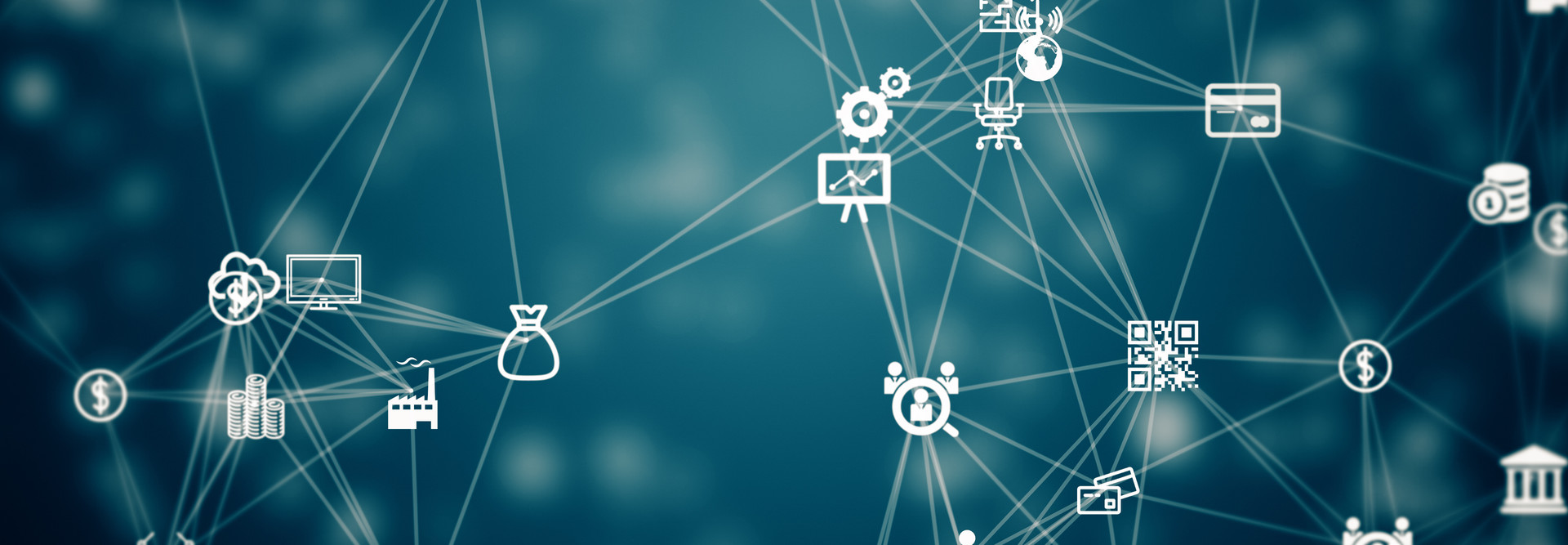Schools Must Invest to Protect IoT Devices
Worldwide spending to protect Internet of Things devices is predicted to reach $1.5 billion this year, research firm Gartner recently announced. With spending at $1.2 billion last year, that’s a 28 percent jump.
The massive dollar figure relates to the staggering number of devices that need protecting. Gartner predicted that there would be 8.4 billion of them in use in 2017 — from TVs, cars and coffee makers at home to security cameras, lighting systems and thermostats at businesses and schools. That’s more internet-connected “things” than there are people in the world.
SIGN UP: Get more news from the EdTech newsletter in your inbox every two weeks!
Understand the Security Challenge Facing Schools
All of these Internet of Things devices can make schools safer, improve student engagement and save schools and school districts significant money, according to a 2017 survey of K–12 professionals by CDW.
But this new, wide world of IoT connectivity has hurdles. Beyond the data shared by devices, many operating systems and form factors must be accounted for. Schools need to not only secure the devices currently on their networks; they must secure new ones as they come online.
Protection is needed on two fronts — for the devices themselves as well as the data that is being generated.
In the United Kingdom, for example, a security firm discovered that dozens of schools’ internet-connected heating systems were vulnerable to an IoT attack. Although uncomfortably cold students and faculty seems innocuous enough, an actual breach could do more harm.
It was recently discovered that a virtual K–12 school in Florida was subjected to a two-year data breach involving students’ names and dates of birth, parents’ email addresses and teachers’ Social Security numbers — all the information a criminal might need to steal identities.
“In its current form the IoT represents a considerable threat to consumers, due to inadequate regulations regarding its security and use,” states a report by F-Secure, an IT solutions provider.
David Andrade, a K–12 strategy specialist at CDW·G, writes: “If you look at security breaches concerning IoT, it’s usually because things weren’t set up correctly. Schools should work with security experts when setting up these solutions. There’s a lot to learn for IoT newcomers, so it makes sense to get an expert involved.”
One solution for schools using a cloud environment is a cloud access security broker, or CASB. This new class of provider monitors user activity in the cloud and enforces security policies. For instance, it could scan documents to prevent people from uploading unencrypted credit card numbers or personally identifiable information to a cloud drive.
Realize the Potential for IoT in Schools
With an eye on the benefits, nearly half of all K–12 schools already have a formal IoT strategy in place, according to CDW’s 2017 survey. Top use cases are interactive devices, security-focused technology and energy-saving resources.
Interactive devices include wearables that track activity or monitor engagement in class as well as mobile hotspots and laptops that make internet accessible to students without access at home.
Security uses include smart/connected security cameras, wireless door locks or room access systems, student ID cards with radio frequency identification device chips, text-based emergency alerts triggered by sensors, and connected school bus tracking.
Energy-saving IoT applications are cutting costs as well as increasing student comfort. At Old Adobe Union School District in Petaluma, Calif., for example, district officials are monitoring the performance of connected heating, ventilation and air conditioning systems throughout all of its schools to regulate temperatures and troubleshoot problems.
These examples support CDW’s survey findings: Most K–12 professionals say the IoT’s potential benefits outweigh the risks, and most expect to increase IoT spending over the next three years. The K–12 pros also acknowledge that IoT devices need security monitoring and analytics, data protection, identity and access management, and encryption — the types of investments that contribute to what Gartner says could be $3.1 billion in IoT security spending by 2021.









